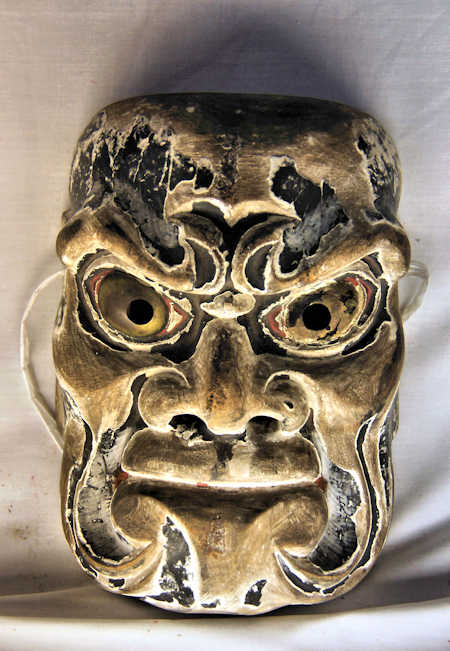It was cloudy when I woke up on the third day of my walk along the Aki Nada island chain in the Inland Sea in Hiroshima, but it was still a delightful sunrise.
I had slept out at 425 meters above sea level, the highest point of the island.
It is pure coincidence that I am posting so many sunrise and sunset pics recently.
I occasionally do topical posts, but mostly I am sequentially going through my folders of photos from my walks around Japan, and posting chronologically from them.

































































